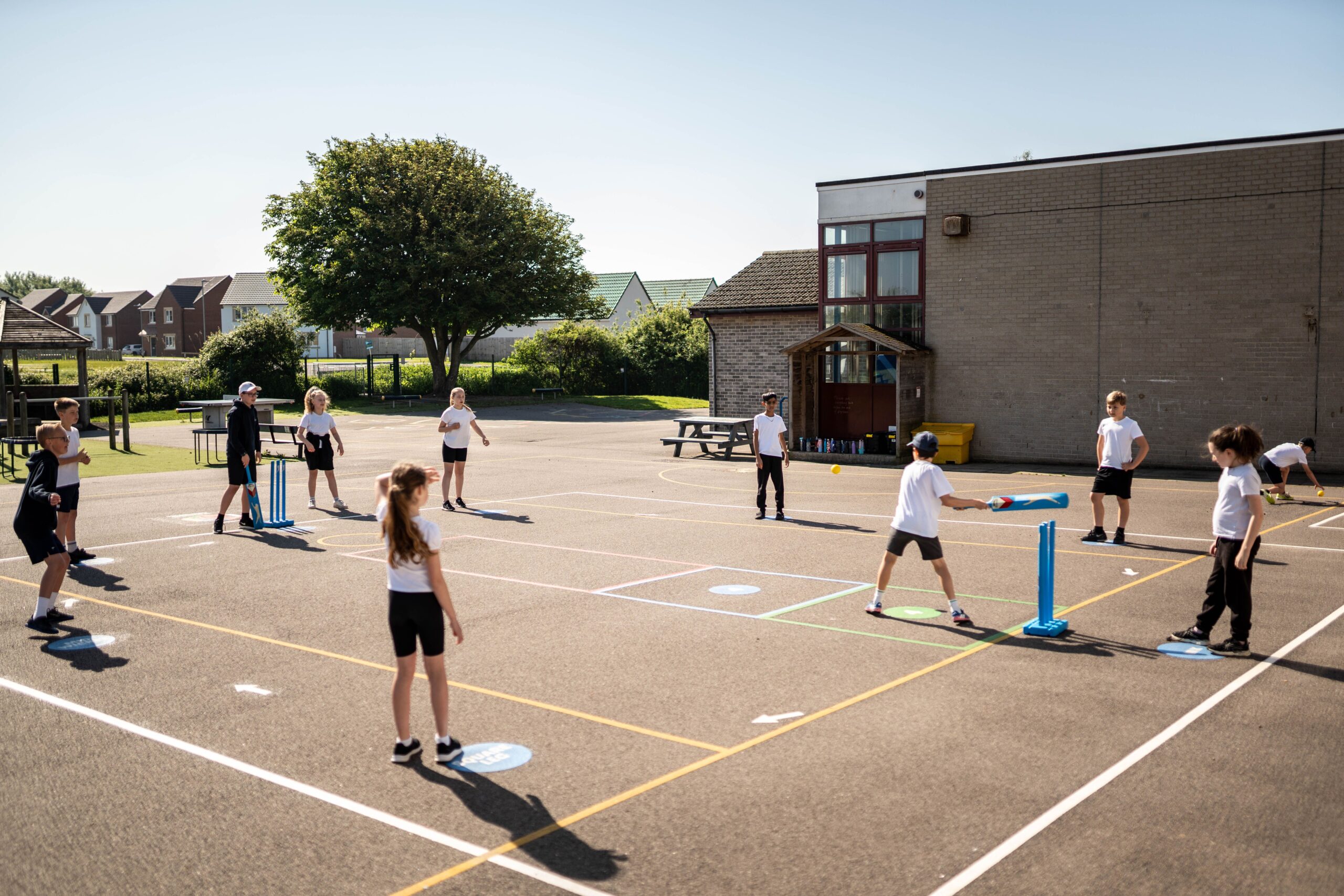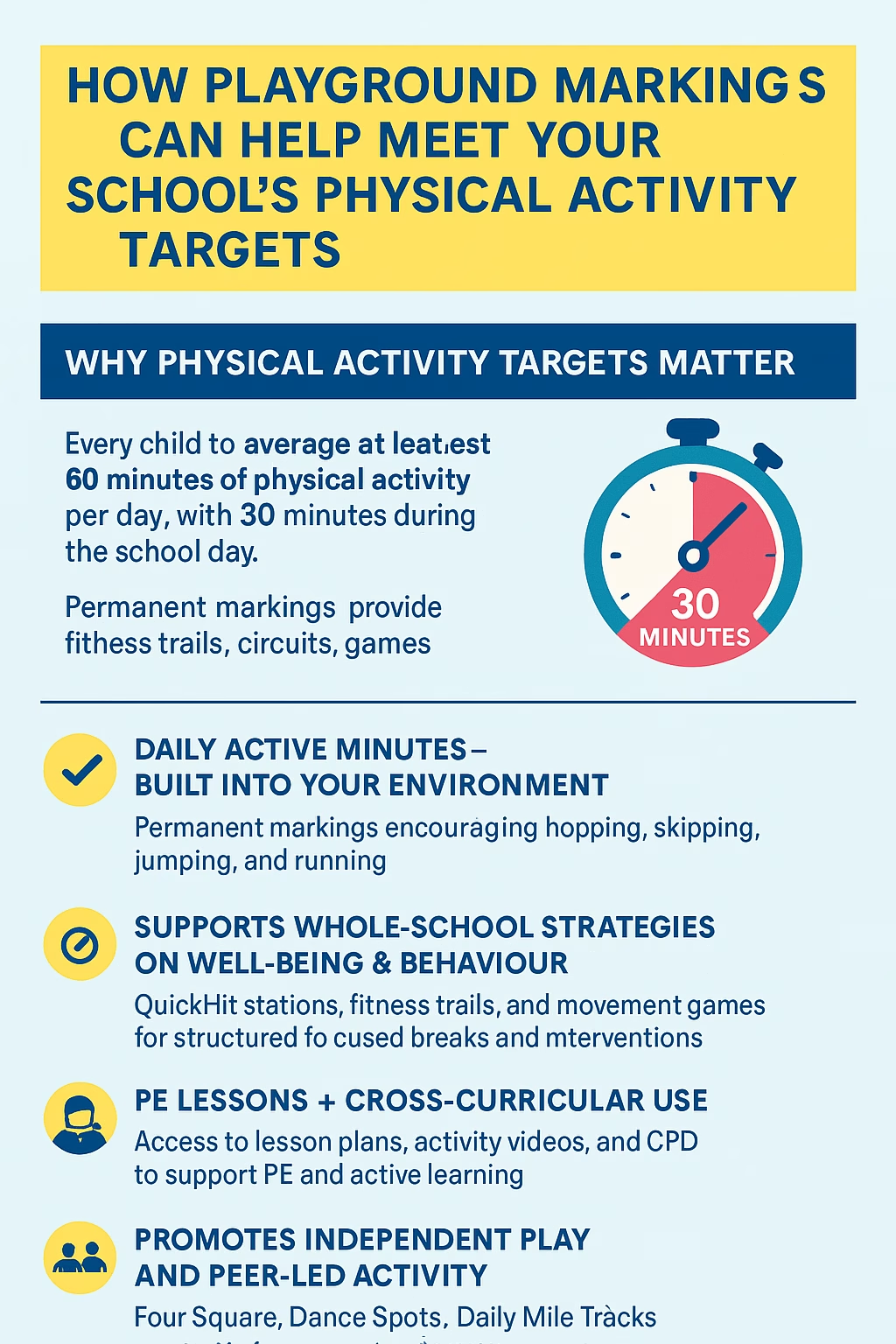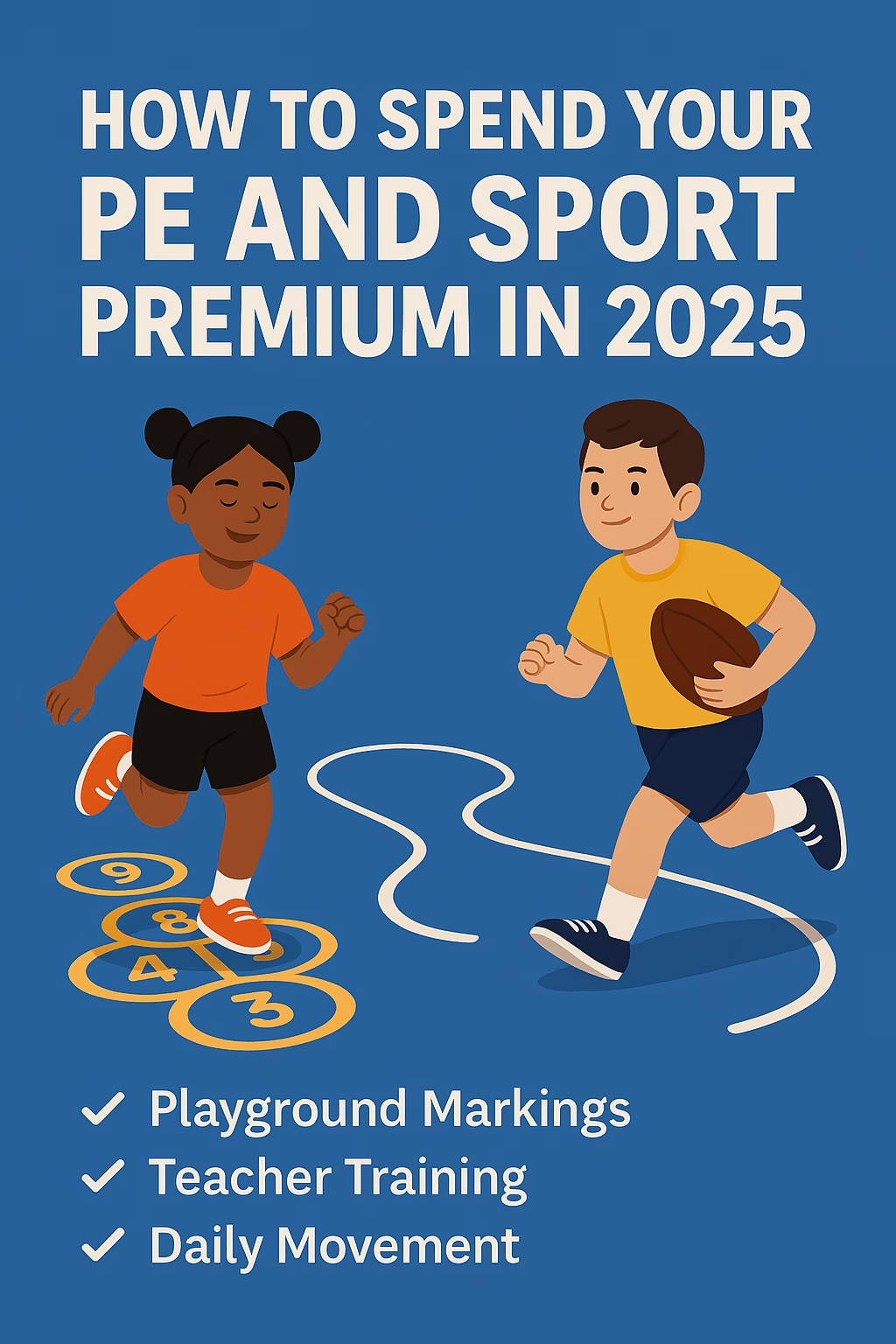Introduction
A vibrant and well-managed playground is essential for promoting physical activity, social interaction, and overall well-being among students. However, managing playgrounds effectively requires strategic planning and the involvement of the entire school community. This post delves into practical strategies for playground zoning, the role of staff, and incorporating engaging activities.
Understanding and Implementing Playground Zoning
Zoning is a powerful strategy to organise playgrounds and cater to different interests and needs.
- What is Zoning? Zoning involves dividing the playground into specific areas, each dedicated to a particular activity. This helps manage space effectively and provides structured options for play.
- Examples of Zones:
– Active Play Zone: Sports like football, basketball, or 4-square.
– Creative Zone: Arts, crafts, and performance activities.
– Quiet Zone: Reading corners and mindfulness areas.
– Rotational Zones: Rotate activities periodically to keep students engaged and reduce monotony.
Engaging Playground Leaders and Support Staff
The involvement of both students and staff is crucial for a well-functioning playground.
- Playground Leaders: Select student leaders to oversee activities and encourage participation. Training them to mediate conflicts and organise games can be highly beneficial.
- Active Supervision: Ensure that support staff are not just present but actively engaged in promoting positive play and intervening in case of conflicts or bullying.
Addressing Common Playground Issues
Understanding and addressing common issues can significantly improve the playground experience.
- Boredom: Introduce a variety of activities to keep children engaged. Rotating games and offering diverse options can mitigate boredom.
- Football Management: While football is a favourite activity, it can dominate playground space. Designate specific areas and times for football to ensure other activities can also take place.
Incorporating Evidence-Based Practices
Research supports various strategies to enhance playground safety and engagement.
- Studies on Bullying and Behaviour: Evidence suggests that well-supervised and structured playgrounds reduce instances of bullying and behavioural issues. Implementing zones and involving staff can address these problems effectively.
- Promoting Physical Activity: Encouraging physical activities through structured zones and regular supervision promotes overall health and reduces the risk of obesity.
Case Study: Successful Zoning Implementation
Fielding Primary School in London provides a successful example of zoning in action.
- Playground Transformation: The school introduced various zones such as construction, performance, traditional games, and mindfulness. This not only diversified the activities available but also catered to different interests, resulting in happier and more engaged students.
- Positive Outcomes: The introduction of zones led to improved behaviour, higher engagement levels, and a more inclusive environment for all students.
Conclusion
Effective playground management through zoning, active supervision, and varied activities can transform the playground experience for students. By addressing common issues and incorporating evidence-based practices, schools can create a playground that is safe, engaging, and inclusive for all.



